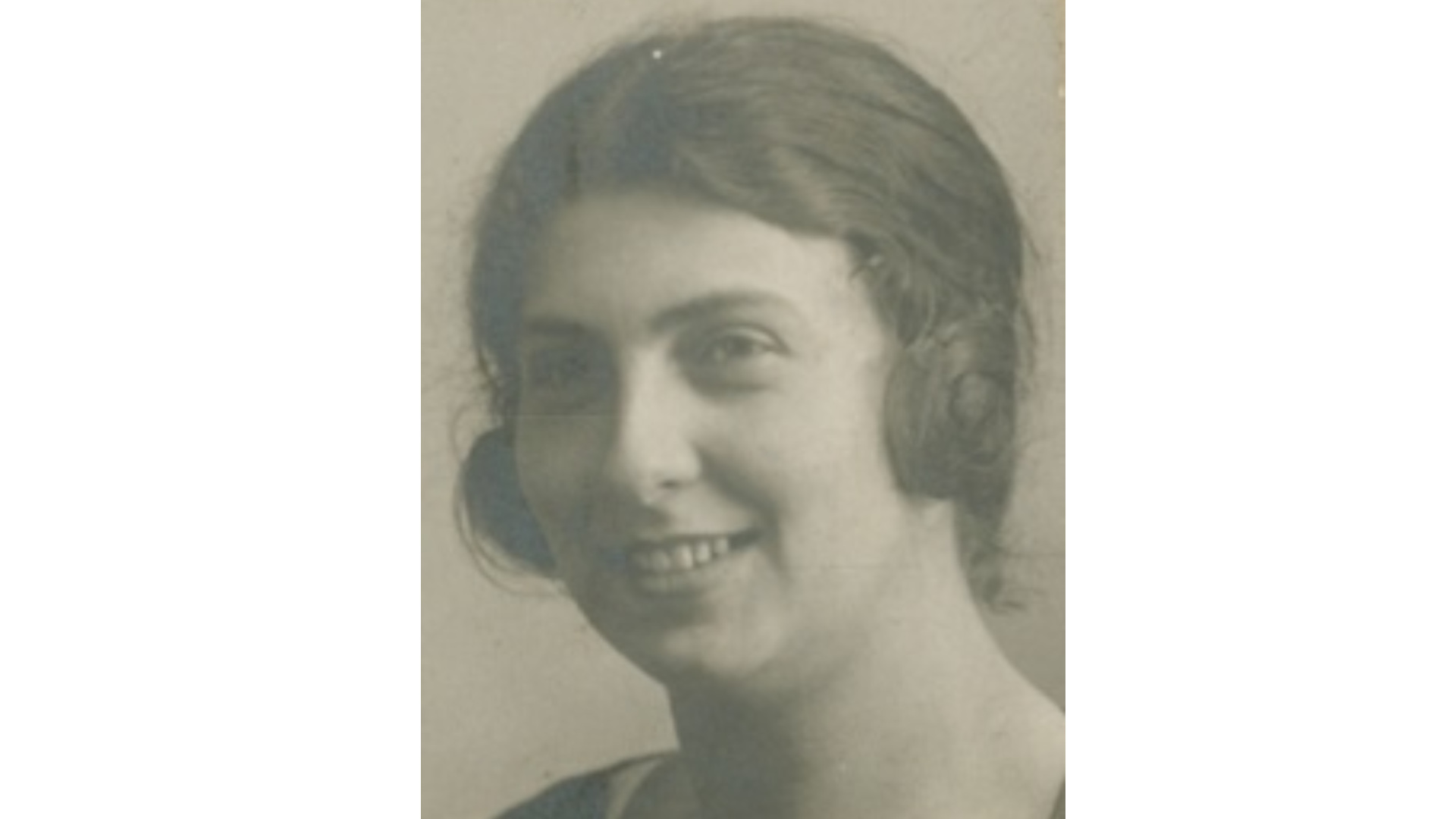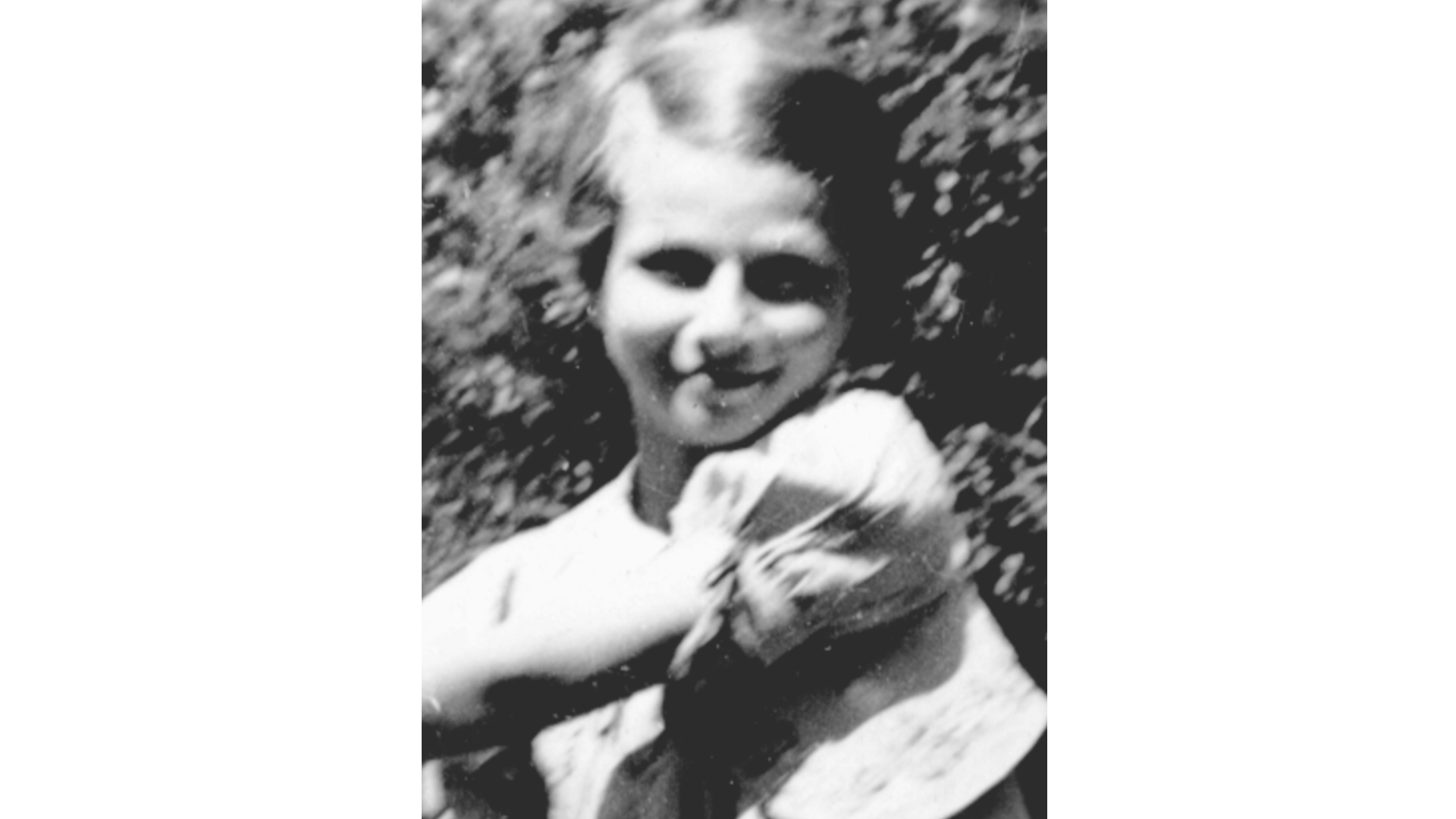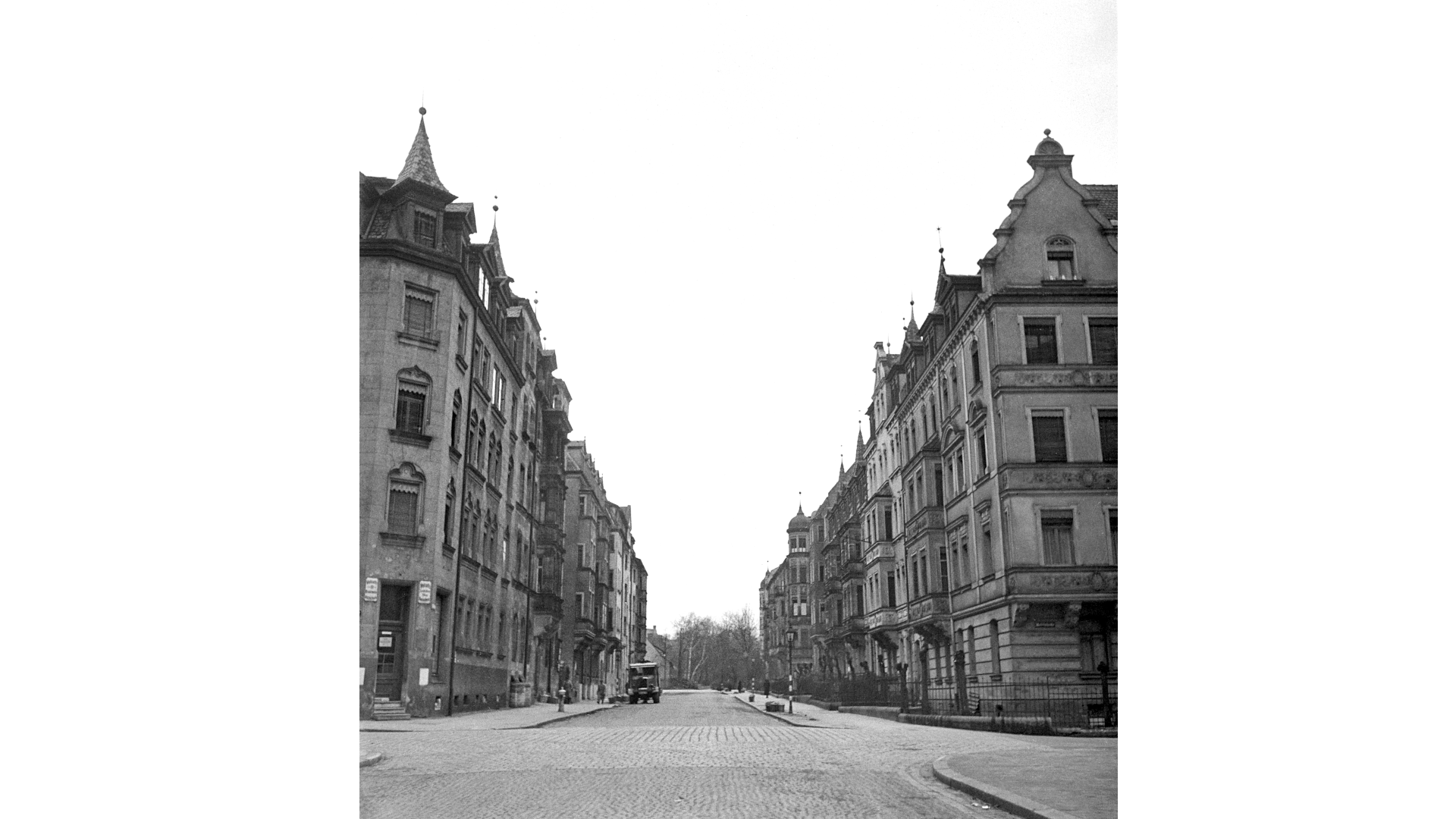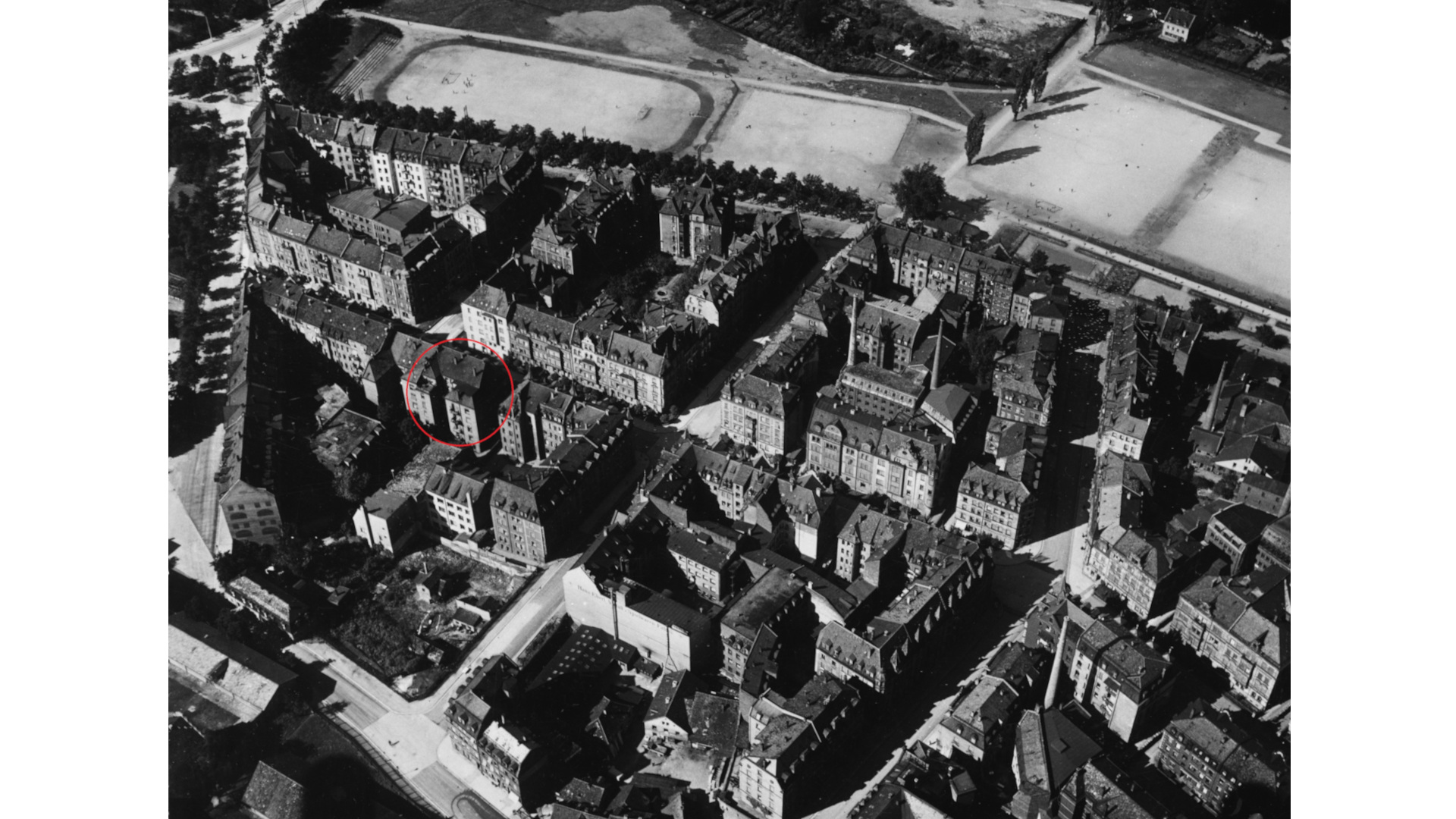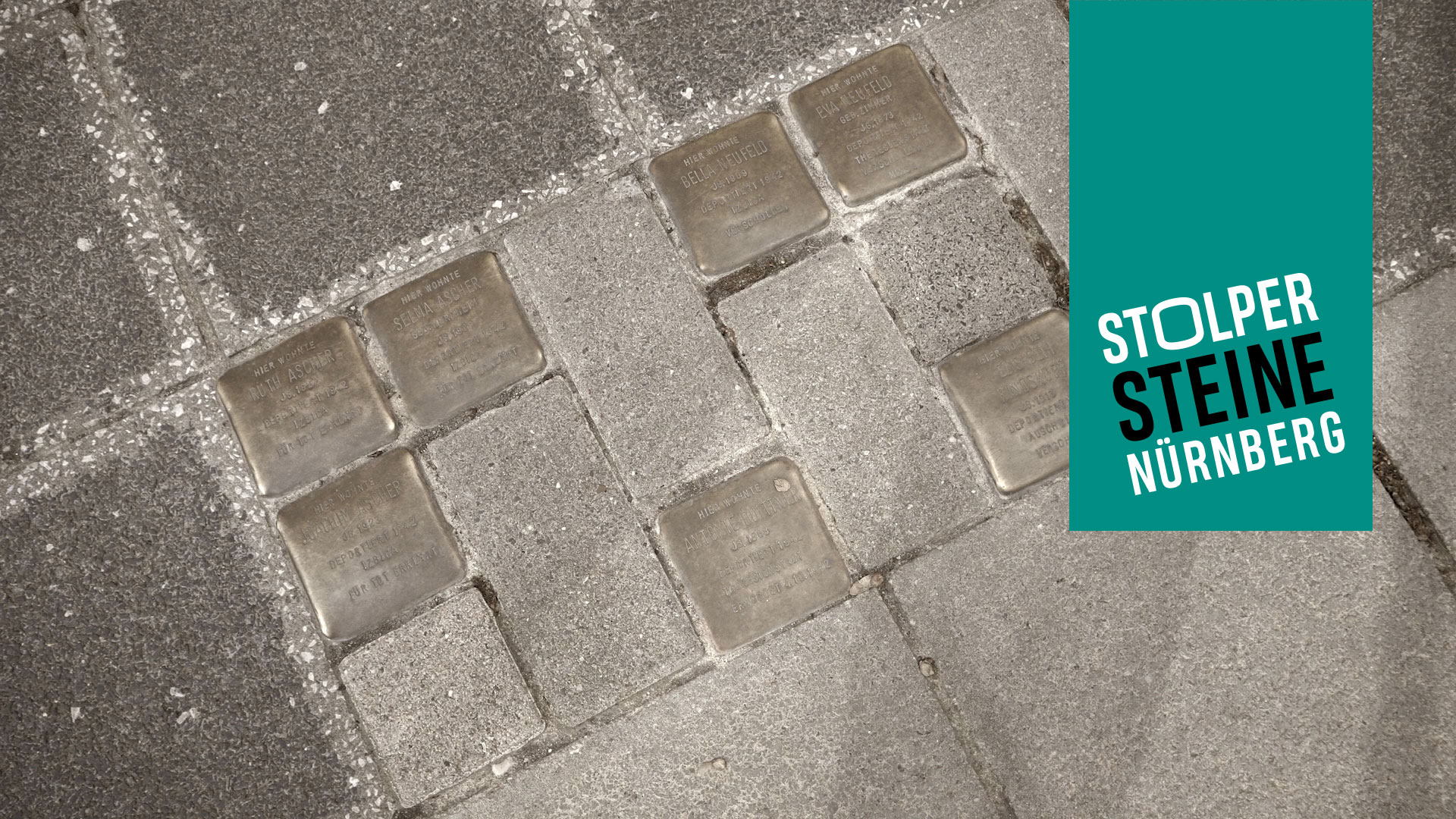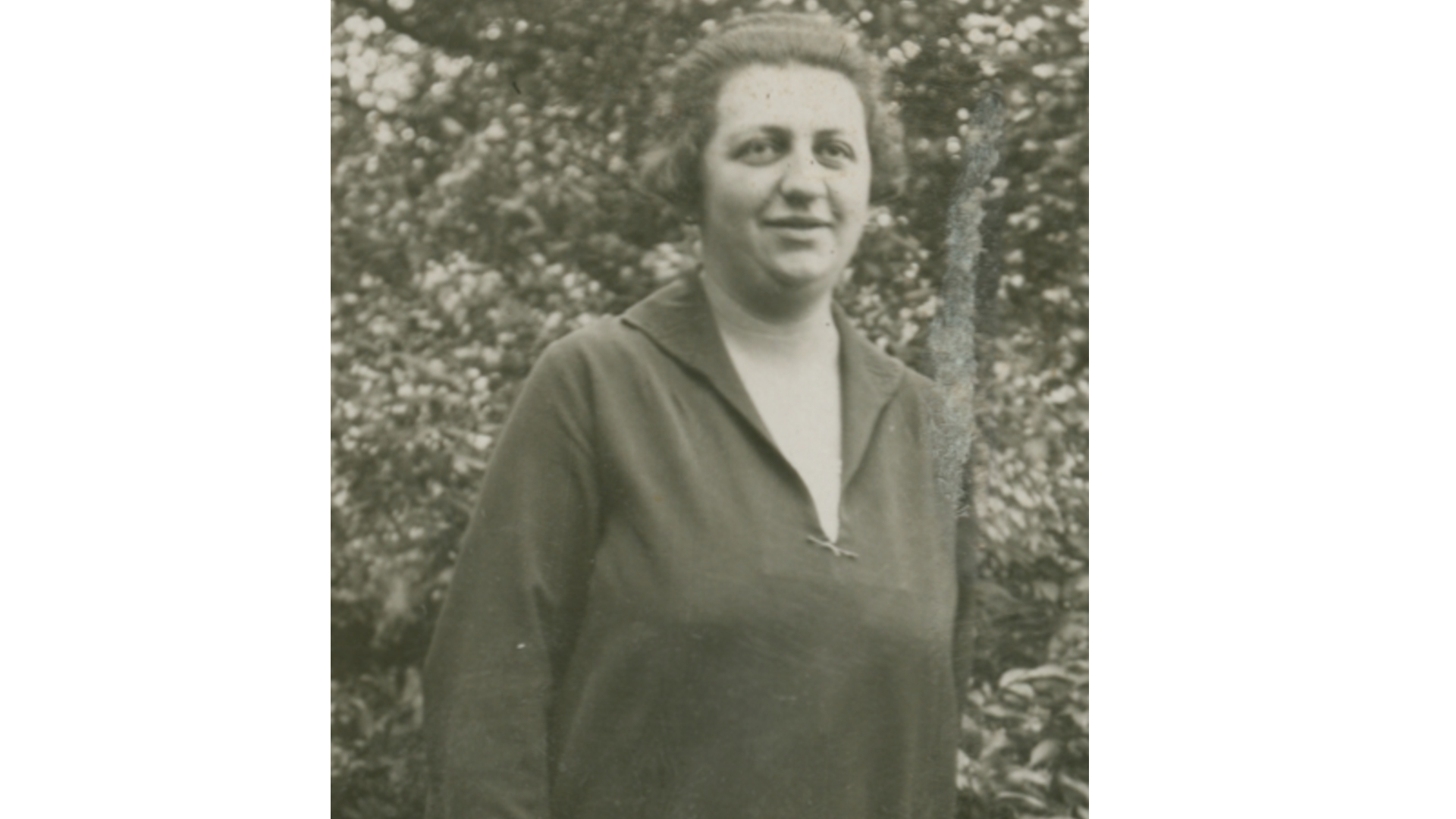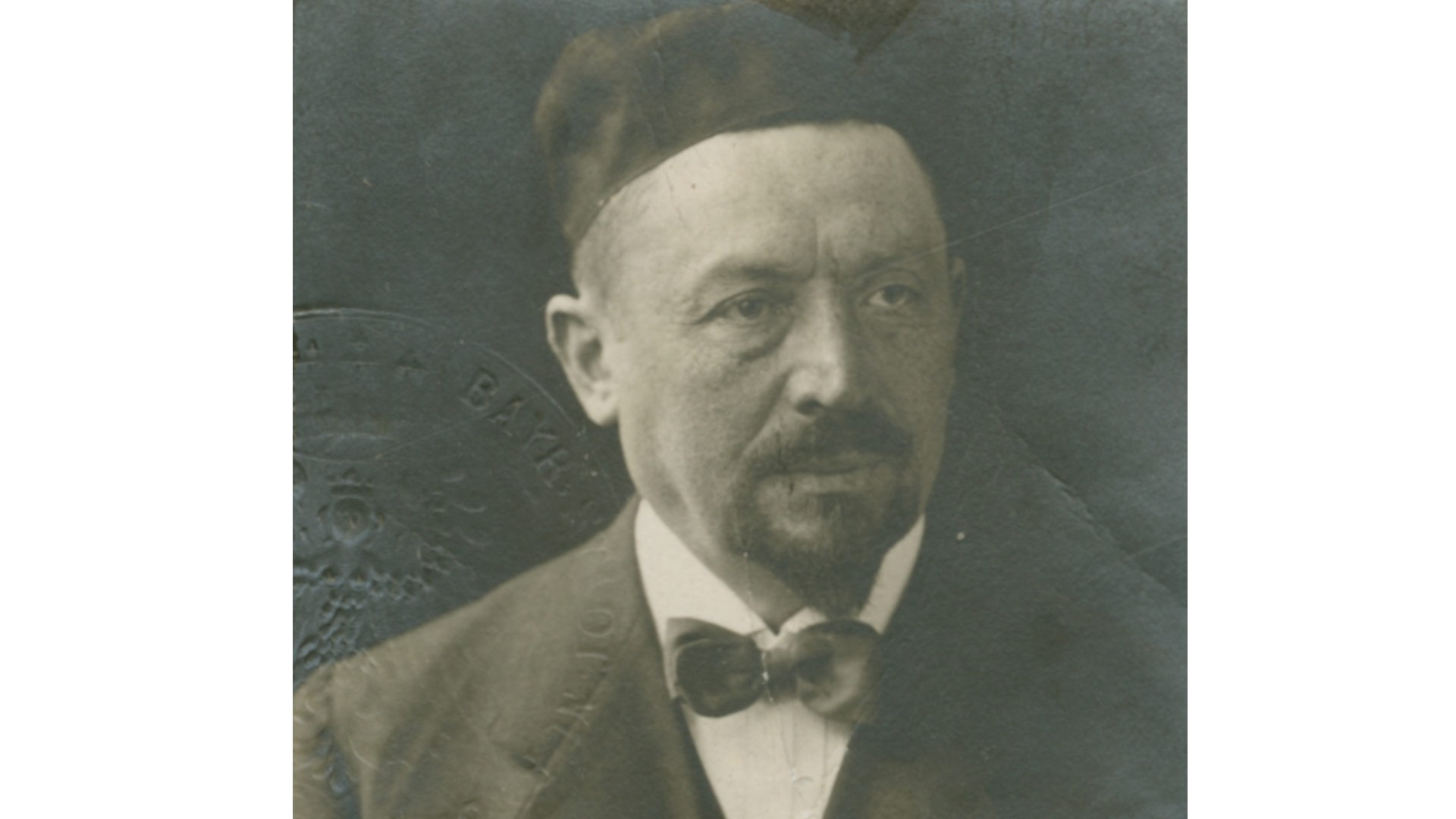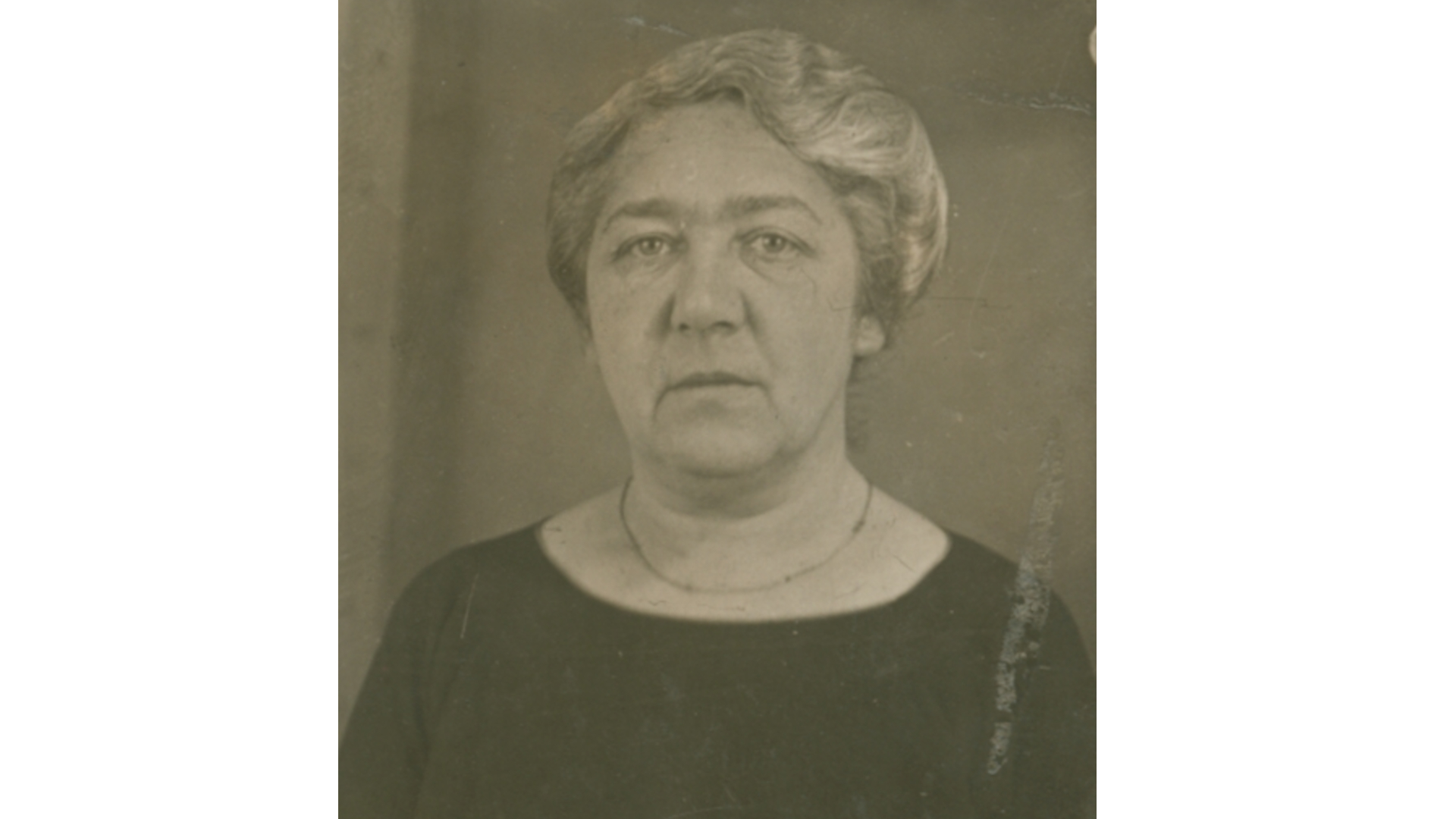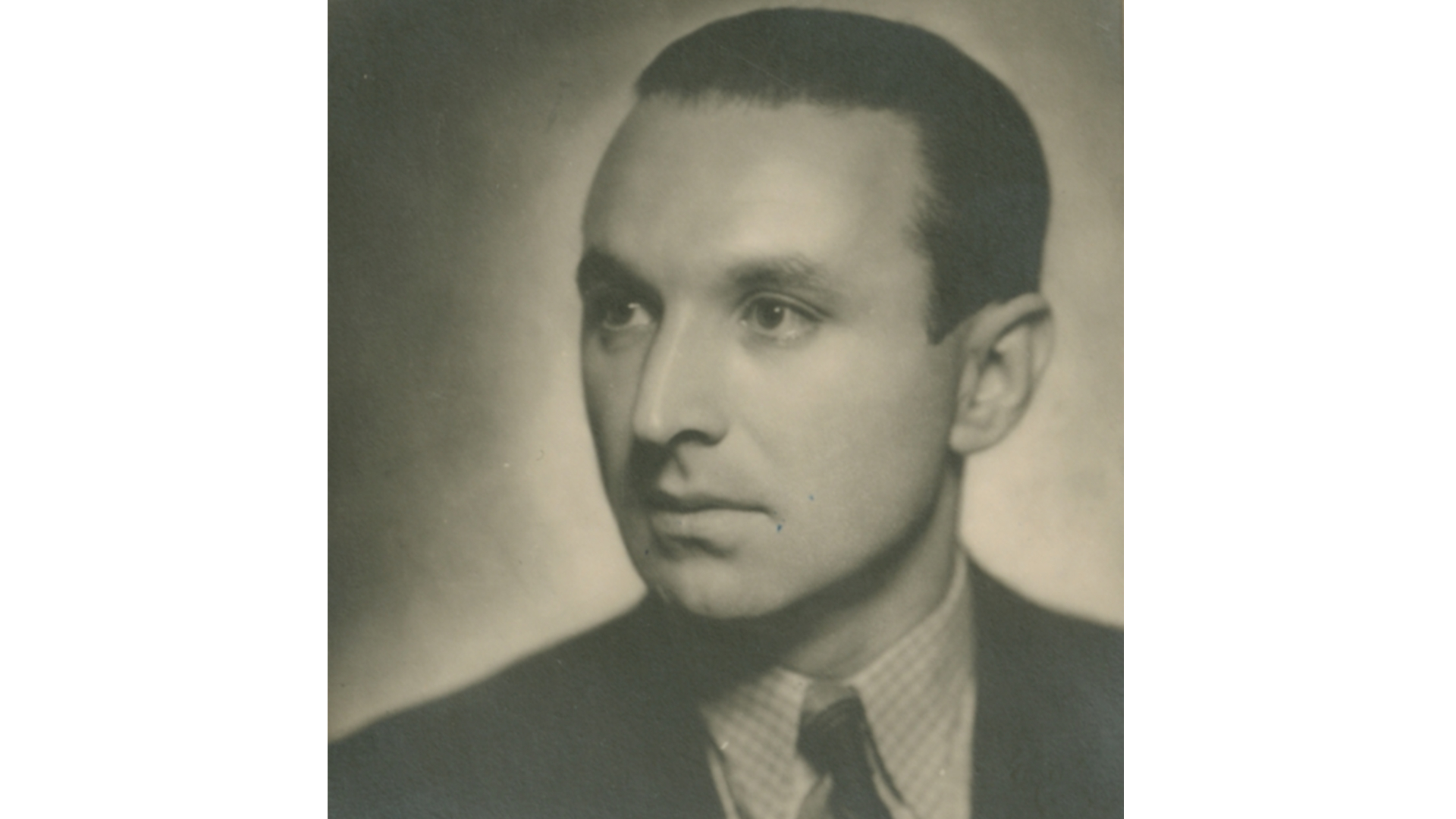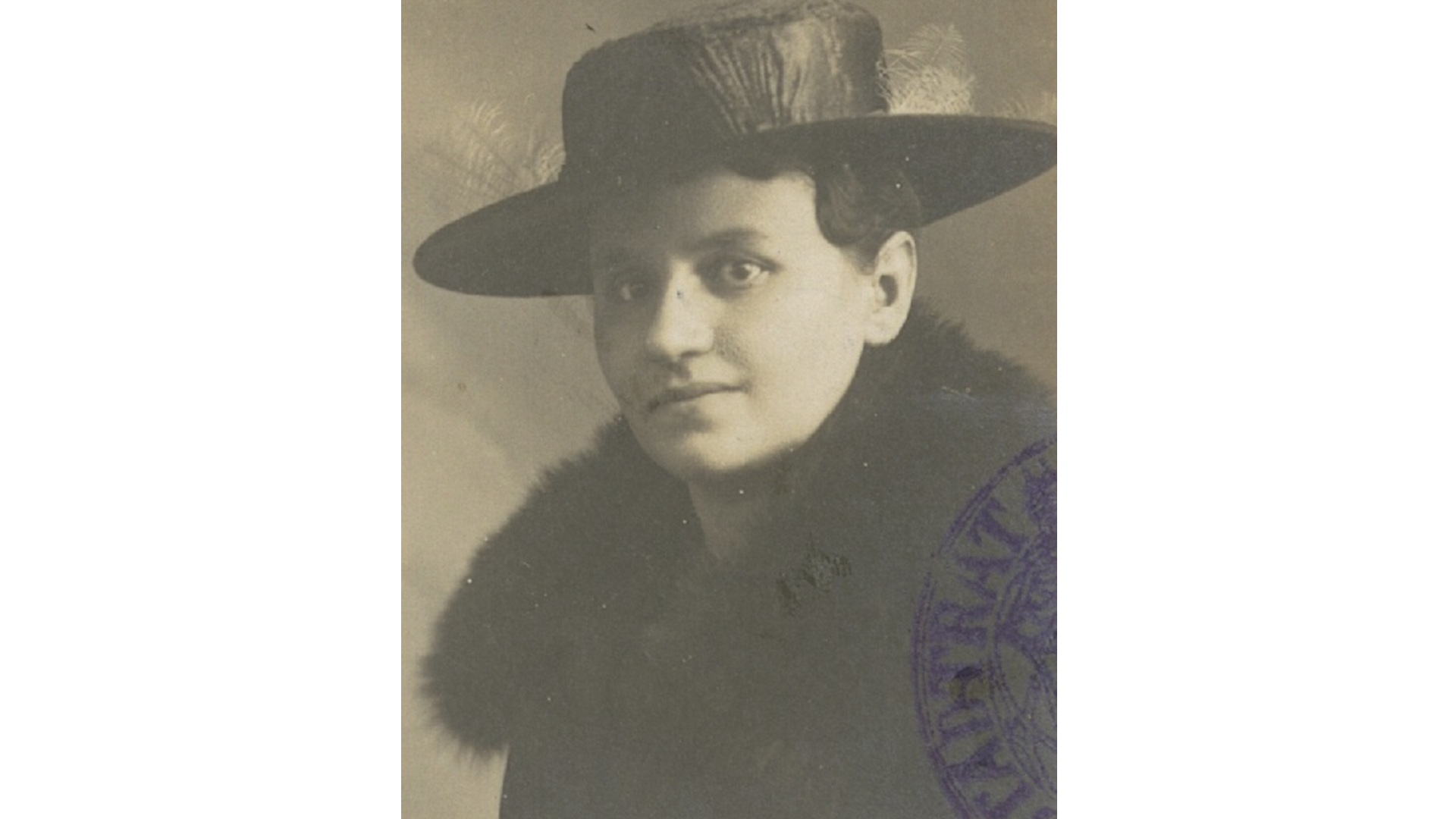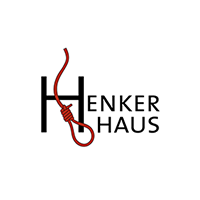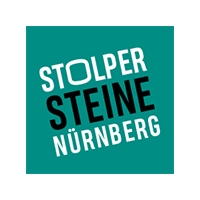| Location of stone: Hochstrasse 33 | District: Himpfelshof |
| Sponsor: Hubert Rottner Defet, Thommy Barth and others | Laying of stone: 22 May 2004 |
Biographies
On 22 May 2004 Gunter Demnig laid the first stumbling stones in Nuremberg. These included stones for Selma, Joachim and Ruth Ascher, who were murdered in Izbica.
Selma Wertheim, born on 7 November 1900 in Wetzlar, married the trader Adolf Ascher. Adolf was born on 28 May 1886 in Nuremberg. The couple had two children: Joachim (born on 14 September 1923) und Ruth (born on 2 October 1927). Adolf Ascher died on 16 June 1931.
On 24 March 1942 Selma and her two children were deported to the Izbica ghetto, where they were murdered.

